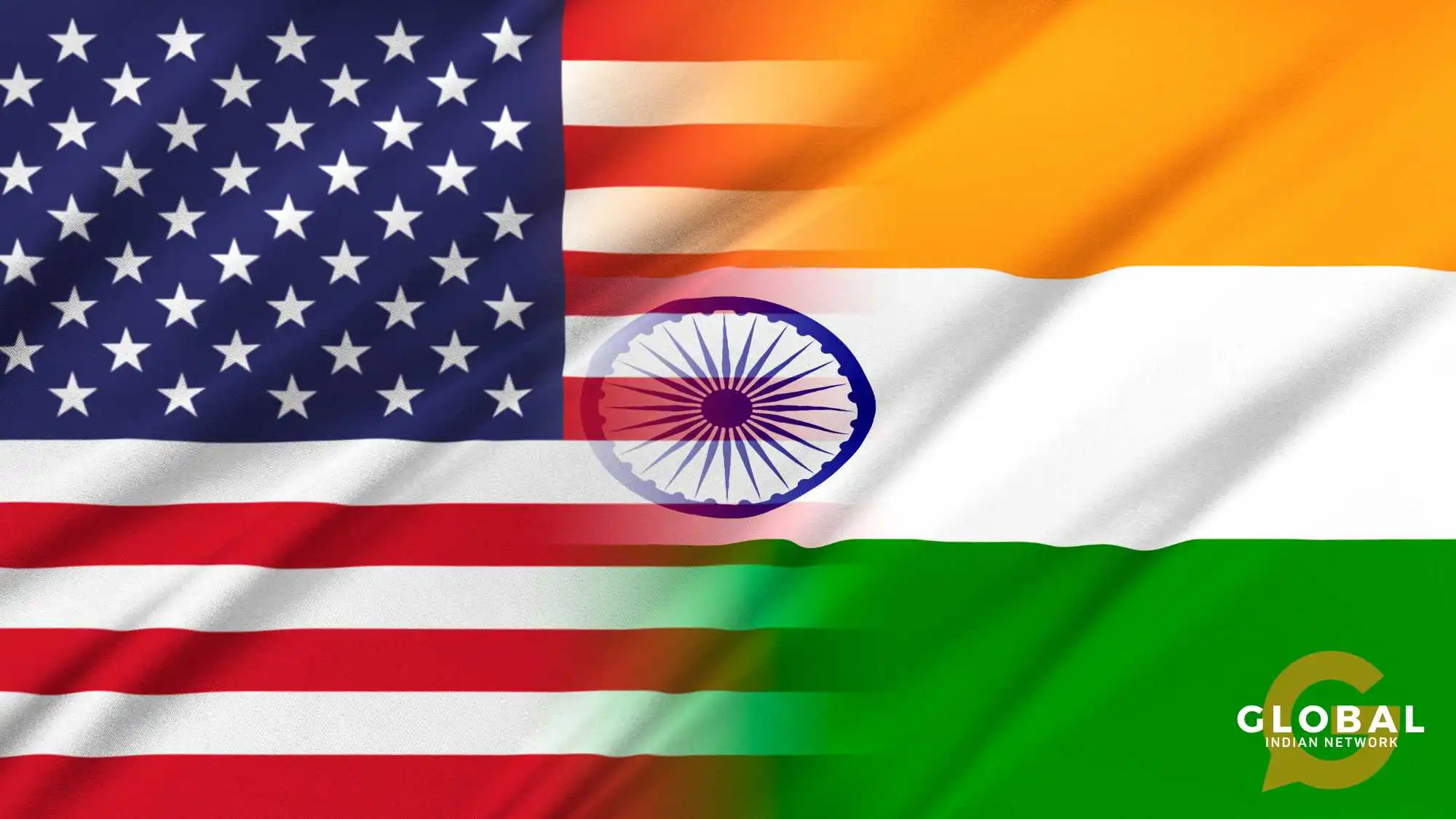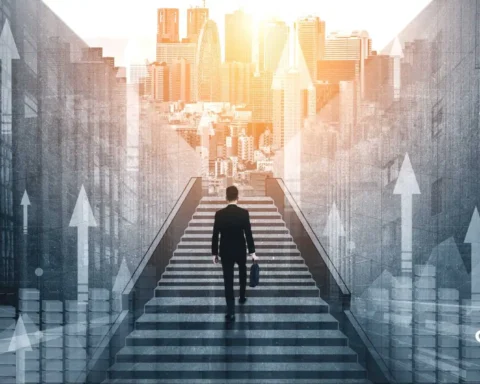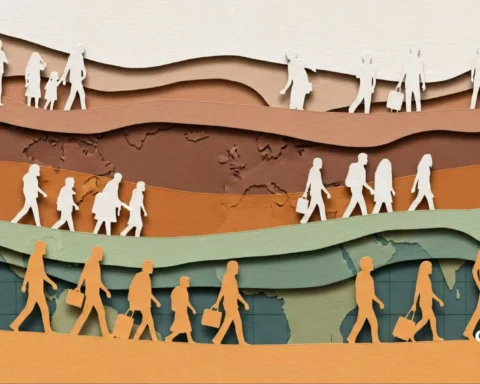Immigration has always been a defining feature of global societies, with individuals and communities crossing borders in search of better opportunities, stability, and growth. Among these immigrant groups, Asian Americans, and especially Asian Indian immigrants, have contributed greatly to the American mosaic with the increasing Indian immigration over time.
The immigration of the Indian population to the United States has been in various waves, starting from the 1700s, making them one of the largest ethnic or Asian American groups legally immigrating to the United States. However, the recent large-scale migration of the Indian community is because of the elimination of immigration quotas in 1965 by the American government, thereby inducing larger waves of immigrants.
Table of Contents
Cultural Heritage and Adaptation: The Role of Asian Indian Immigrants in Preserving Tradition in a New Land
The Asian Indian Immigrants are a part of the larger community of Asian Americans. They are of Indian descent whose first generations started coming from centuries before. However, the assimilation of the Indian community among the American population has not proved to be an effortless task due to differences in their ethnic identity. Even the terminology has been an area of conflict as just the term “Indian Americans” could refer to the native Americans and not the Asian immigrants.
To overcome the cultural differences, the immigrant population and recognized organizations such as the FIA (The Federation of Indian Associations) have taken some necessary steps. These manifest in areas like Indian festivals, cuisine, music, dance, and cinema. Indian cuisine, with its rich flavours and spices, has gained widespread popularity among the American population, with Indian restaurants and food trucks becoming fixtures in cities across the country. Ayurvedic practices and yoga have also gained immense popularity for the betterment of mental health, influencing global wellness trends.
Indian immigration has led to Indian cinema capturing the imagination of American audiences. From films like Slumdog Millionaire to the global appeal of Bollywood music and dance, Indian artistry has become integral to propagating Indian culture among the American community.
Additionally, Indian festivals showcasing Indian identity are also celebrated. The annual New York City India Parade on 15 August, hosted by the FIA, is the world’s largest Indian Independence Day Parade outside India. Also, the world’s largest Sikh Day Parade outside India is held in Manhattan to celebrate Vaisakhi. It is widely regarded as being one of the most colourful parades. Moreover, the Indian Americans, or largely the Asian Americans, have actively preserved their cultural heritage through temples as well. These efforts have ensured that younger generations stay connected to their roots while embracing the cultures of their country of origin.

The Economic Contributions of Asian Indian Immigrants: Insights into Entrepreneurship and Employment
With the technology boom of the 1990s, the largest influx of Indian immigrants, specifically Indian adults, arrived between 1995 and 2000. According to the Pew Research Center, Indian Americans have the highest median household income in the Asian population, reflecting their prominence in sectors like technology, academia, and entrepreneurship. In 2021, an Indian American household had a median annual income of $150,000, compared to $70,000 for all foreign-born population or native households.
Silicon Valley in San Francisco, the global hub of innovation and technology, has benefited hugely from Indian innovators. Indian American figures like Sundar Pichai (CEO of Google) and Satya Nadella (CEO of Microsoft) serve as global icons of success. Startups founded by Indian Americans have become key players in the tech industry.
A 2020 report by the National Foundation for American Policy states that Indian immigration has led to the Indian diaspora founding nearly one-quarter of all engineering and technology companies in the U.S. since 2006 which creates revenue as well as employment for the American community.
Understanding the Socioeconomic Impact of Asian Indian Immigrants in American Society
The socioeconomic impact of Indian Americans in American society spans various sectors while influencing the nation’s overall prosperity. The economic prosperity of Indian Americans, as signified by their household incomes, shows their success as hailing from South Asia and being a subgroup of Asian Americans. Their success is often attributed to high levels of education, professional skills, and entrepreneurial spirit.
Indian Americans are much more likely to have greater English proficiency than African Americans, Asian Americans, or any other foreign-born community. In 2021, 22 percent of Indian Americans ages 5 and above were proficient in limited English, compared to 46 percent of all those whose country of origin was not America.
Indian Americans have also contributed to the growth of industries beyond technology (as found in San Francisco), including healthcare, finance, and hospitality, where they serve as physicians, business leaders, and small business owners. Indian Americans also contribute greatly to philanthropic causes. Thus, by leveraging their socioeconomic success through their Indian identity, this part of the Asian population has bridged the gap between the U.S. and India while enriching the American culture.

Challenges Faced by Asian Indian Immigrants: Navigating Identity and Integration in America
Despite their success, Indian Americans, or even Asian Americans as a whole, continue to face challenges, adversely affecting their mental health. The challenges include a high degree of discrimination, xenophobia, hate crimes, and the need to navigate dual cultural identities to preserve their Indian identity. The community has also been affected by debates over Indian immigration policies, particularly regarding H-1B visa holders, a critical pathway for skilled Indian professionals.
An example of such discrimination dates back to the Komagata Maru incident of 1914, where a ship carrying Indian immigrants was denied entry into Canada, highlighting the struggle of early Indian pioneers. Such incidents affect the mental health of the Indian diaspora as well because they develop a love-hate relationship with their Indian identity.
In recent years, while overt discrimination has decreased in many countries, challenges like stereotyping, visa restrictions for H-1B visa holders particularly, and cultural adjustment exist. For instance, highly skilled Indian diaspora often face hurdles in securing permanent residency or citizenship due to restrictive immigration policies even though their contribution to tech, as seen in the Silicon Valley in San Francisco.
Culturally, conflicts typically arise from the cultural clash of American individualism and Indian communitarianism. Asian Americans or Indian Americans practice very different cultures from White Americans or African Americans, which can result in acculturative stress for those whose country of origin is anything besides North America. Thus, ethnic identity development faces several obstacles in the paths of the children of immigrants.
Conclusion
Asian Indian immigrants, or Indian Americans, represent a remarkable story of perseverance, adaptation, and success. The journey from South Asia to North America has not been an easy one which has also led to the entry of unauthorized immigrants. However, the gradually increasing Indian immigration forms a demographic profile of Indian Americans like no other, where the Indian American community has grown to five million in 2023.
From their early struggles as indentured labourers to their current status as leaders in technology, business, and culture, these Asian Americans have left an indelible mark on the world, making their space among the White Americans by preserving their Indian identity. As we look to the future, Indian Americans will undoubtedly continue to inspire, innovate, and enrich the societies they call home.

FAQs
Who is considered an Asian Indian?
Asian Indian refers to people who reside in India or those who have migrated to other countries such as the U.K., U.S., Indonesia, etc.
Who were the early Asian Indian migrants?
The early Asian Indian migrants were indentured labourers, or more specifically, Sikhs from rural Punjab who were employed as labourers in the construction of railways, lumber mills, and forestry.
Which country has the most immigrants from India?
According to mid-2020 United Nations Population Division estimates, the United Arab Emirates is the most popular destination for Indian immigration, followed by the United States, Saudi Arabia, and Pakistan.









